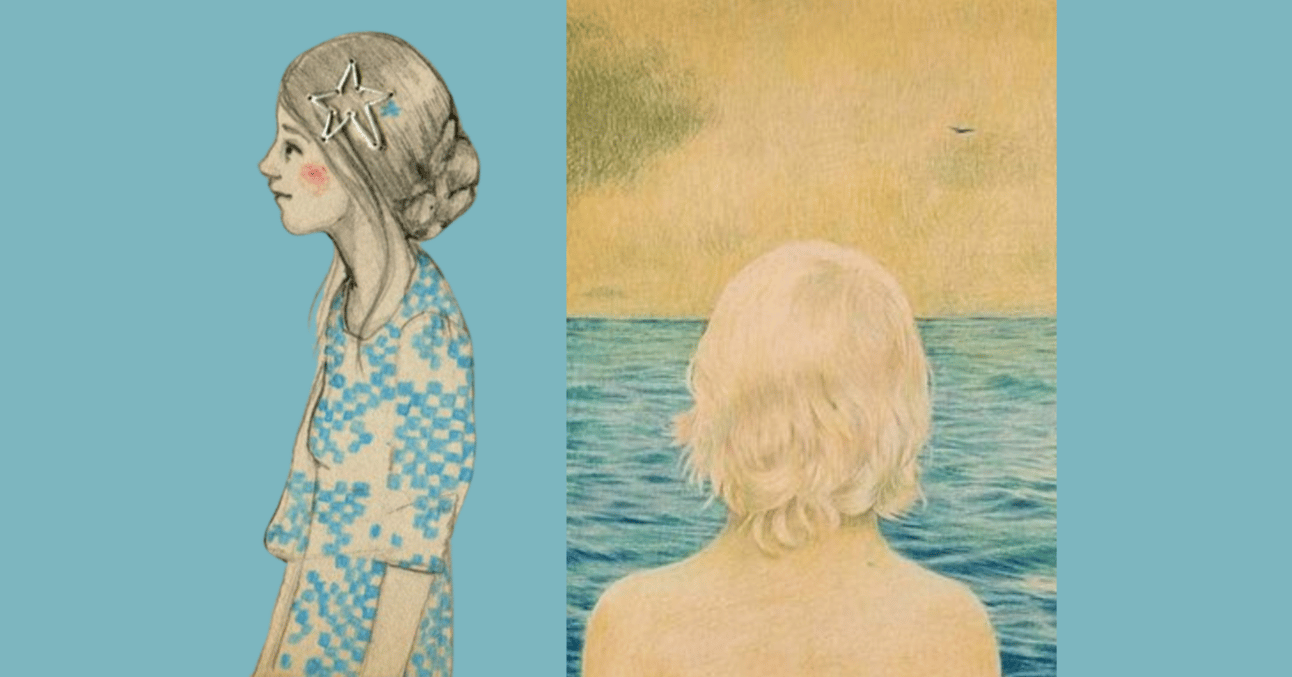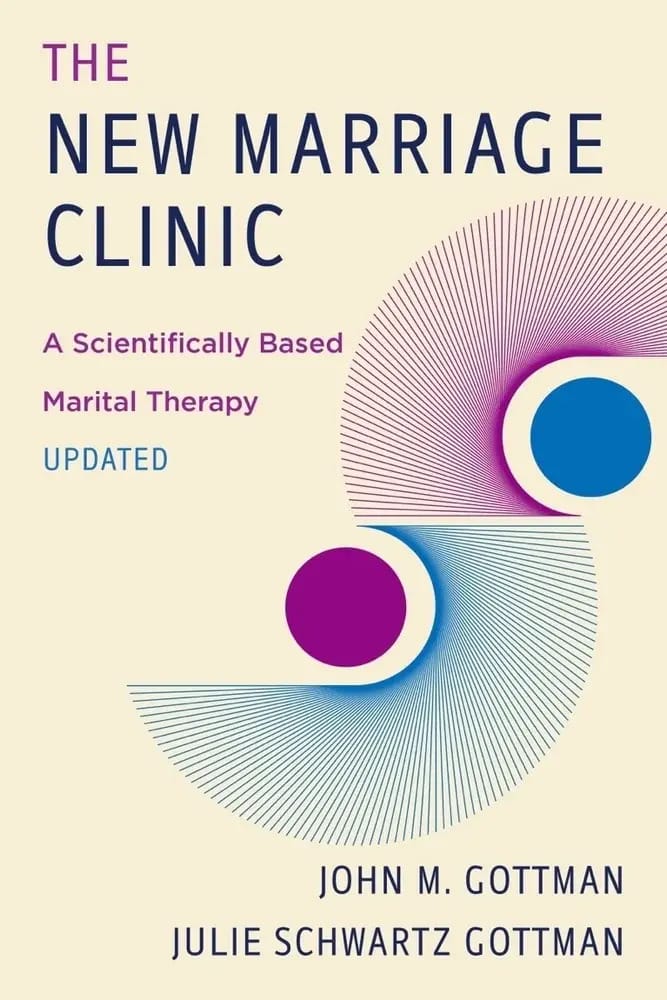You’re reading How to Live—an inquiry into the psychological forces that shape us, and how to stop being run by them.
Through deep research, personal storytelling, and hard-won insight, I challenge the myth of normalcy and offer new ways to face old struggles.
This work is reader-supported. If it speaks to you, consider a paid subscription for deeper insight, off-the-record writing, and seasonal in-person gatherings.
You can also donate any amount.
The Unspoken Grammar of Love
What greater thing is there for two human souls then to feel that they are joined for life — to strengthen each other in all labor, to rest on each other in all sorrow, to minister to each other in silent, unspeakable memories at the moment of the last parting?
John Gottman, one of the country's leading relationship experts and founder—alongside his wife, the esteemed psychologist Julie Gottman—of the famed Gottman Institute, has spent decades studying the architecture of romantic breakdowns.
But he didn't set out to do that.
Born in 1942 to Orthodox Jewish parents in Brooklyn, he originally studied mathematics at MIT, drawn to the clean logic of equations. Still, the question he’d spend his life trying to answer tugged him elsewhere: Why do some couples make it while others don't?
By the 1970s, Gottman had pivoted to psychology. Alongside psychologist Robert W Levenson, he created the Love Lab—an apartment outfitted with cameras, microphones, and biometric sensors—where real couples lived for a weekend as researchers observed every micro-expression, gesture and interaction.
Gottman and his team coded these interactions with mathematical precision, tracking heart rates, stress hormones, and the exact words couples used when they fought about money or sex or whose turn it was to take out the trash.
What he discovered was revolutionary: Love follows patterns. And patterns can be studied.
Gottman eventually became famous for predicting divorce with eerily high accuracy—93.6%. But his most important finding wasn't about fighting styles or love languages. It was about the smallest, most easily missed behaviors between people: a raised eyebrow, a sigh, a passing comment.
Because hidden inside these everyday exchanges is a secret system—one that determines whether a relationship strengthens over time or begins to decay. It's something far more mundane and far more profound: how couples responded to each other's smallest attempts at connection.
That’s right—the most predictive factor in relationship success isn't compatibility or shared interests or even great sex; they’re bids for connection.
Bids happen all day long and the way we respond—or fail to—turns out to be one of the best predictors of whether a relationship survives.
The couples who stayed together responded one way 86% of the time. The couples who divorced responded that same way only 33% of the time.
Yet, most of us don't know what our partner's bids even look like. More chilling: we don't even know what ours are.
Once we know, we can begin to understand what's really happening in these moments and what makes meeting them in the right ways powerful enough to save your marriage or relationship.
But what are bids for connection? And how do we meet them and get ours met?
You’re currently reading the free version of How to Live. Upgrade to paid and discover what a bid looks and feels like, how to meet it and quite possibly save your relationship.
Join How to Live
For people who live in their heads, feel more than they show, and want a language for both.
Every Essay, Every Time.What you’ll receive as a subscriber::
- Every new essay, the moment it’s published
- Full access to the complete archive—150+ posts and counting
- Bonus pieces and experiments-in-progress, shared occasionally
- Invitations to seasonal, in-person gatherings
- A direct line to me (annual subscribers): personal replies and tailored recommendations
- 15% off all workshops and live events



